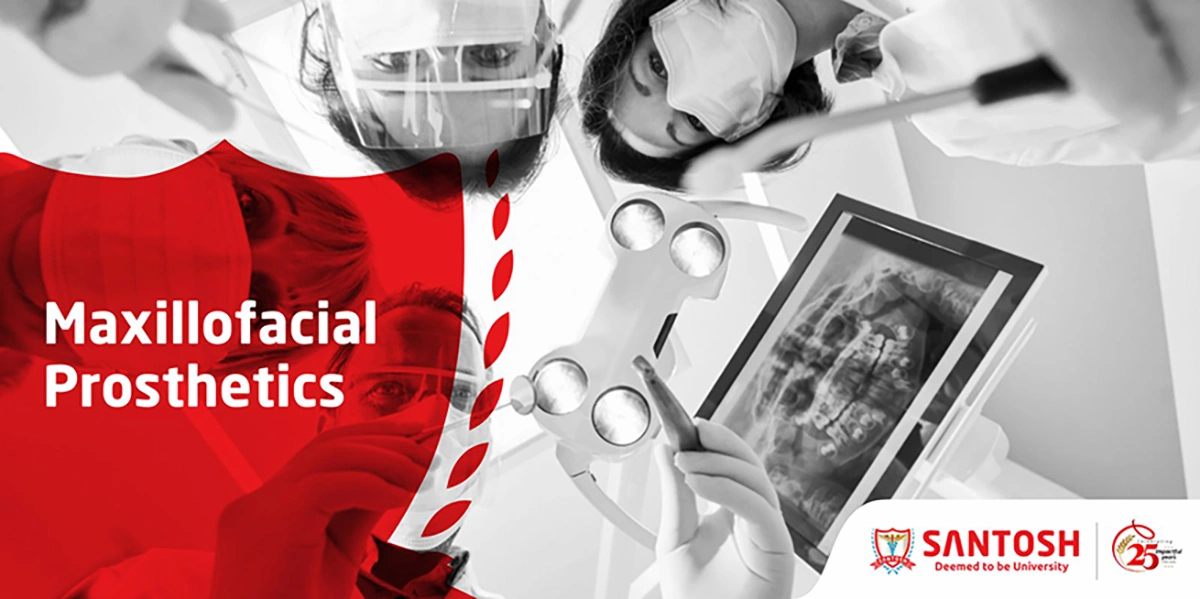
Maxillofacial prosthodontics is the branch of dentistry that provides prostheses to treat or restore tissues of the stomatognathic system and associated facial structures, that have been affected by disease, injury, surgery, or congenital defect, providing all possible function and esthetics.
It is the art and science of functional, or cosmetic reconstruction by means of non-living substitutes for those regions in the maxilla, mandible, and
face that are missing or defective. The defects can be congenital or acquired (surgical or traumatic).
Objectives of maxillofacial prosthetics
- Restoration of esthetics or cosmetic appearance of the patient
- Restoration of function
- Protection of tissues
- Therapeutic or healing effect
- Psychological therapy
Types of maxillofacial defects
A. Congenital: e.g. Cleft palate , Cleft lip, Facial cleft , Missing ear
B. Acquired: e.g. Accidental injuries , Surgical resection, Pathology lesions
C. Developmental: e.g. Prognathism and Retrognathism
Many patients require replacement of more than just teeth. A Maxillofacial Prosthodontist is trained to replace bone and tissue with many different types of Prostheses. Many bone and soft tissue defects of the head and jaws can be repaired by a maxillofacial surgeon or ENT; however, those that can’t, are often treated by a prosthodontist with a maxillofacial prosthesis. Artificial noses, ears, and teeth are just some of the options available and frequently can be secured to the existing anatomy through the use of dental and craniofacial implants.These therapies are used to restore more than mere appearance, allowing patients to be more confident and bold.
For more info,visit: https://www.santosh.ac.in/


